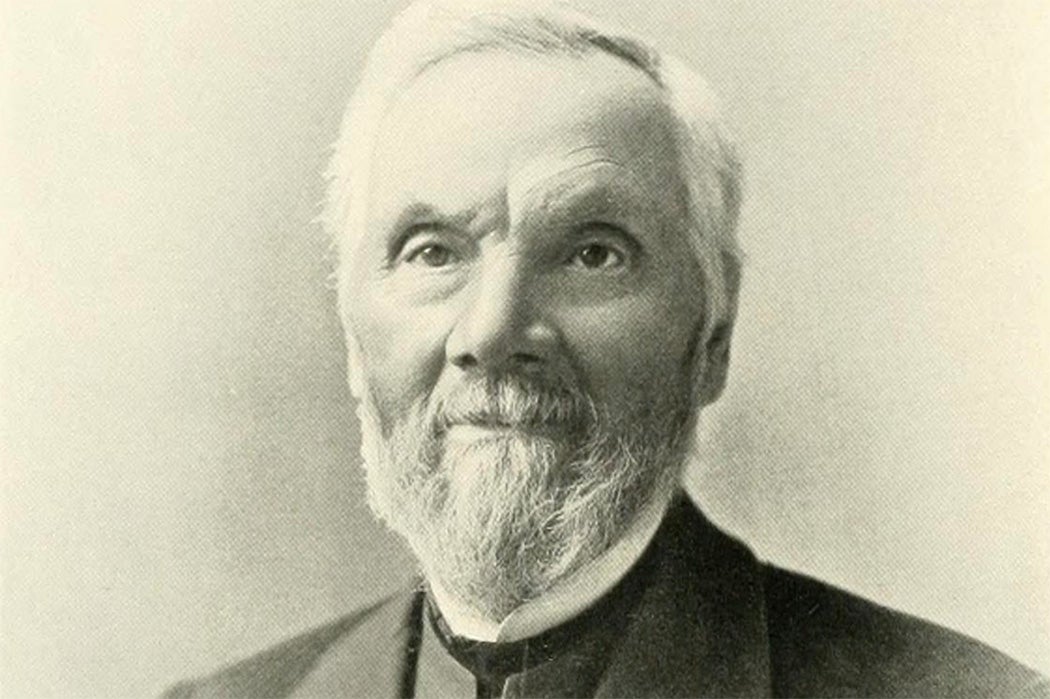In the nineteenth century, women like Susan B. Anthony and Elizabeth Cady Stanton famously fought for women’s rights. And, as historian Stacey M. Robertson writes, they had male allies. For these men, supporting equality for women went hand-in-hand with envisioning a specific ideal of masculinity. Robertson focuses particularly on a man named Parker Pillsbury.
Pillsbury was born in 1809. He grew up on a New Hampshire farm, and throughout his life he took pride in his laboring background and his physical strength. Ralph Waldo Emerson praised him as a “tough oak stick of a man” who could stand up to bullying from his ideological opponents.
He had plenty of opponents to stand up to, Robertson writes. Before the Civil War, he spent decades on the lecture circuit as a Garrisonian abolitionist—an admirer of radical abolitionist William Lloyd Garrison who advocated immediate abolition. Like many abolitionists, Pillsbury endured violent attacks.
Pillsbury and other Garrisonians despised the romanticization of male violence, perhaps partly because they were on the receiving end of so much of it. They derided white southern men as drunkards with a tendency to use harsh violence against both enslaved people and white women. In contrast, they viewed self-control as one of the most vital masculine traits.
Robertson writes that Pillsbury’s interest in women’s rights was partly an extension of his radical abolitionist views on human equality. He advocated for women’s control over their own sex lives. He railed against slave owners’ rape of Black women and insisted that all women had the right to refuse sex with their husbands.
But in Pillsbury’s view, empowering women wasn’t just about helping them. He saw women’s political participation as a defense against corruption, crime, and disease. While he personally identified self-sacrifice and virtue as masculine qualities, at a time when Americans were increasingly viewing them as feminine, he suggested that women should be given more power.
“Government languishes to-day for want of virtuous women’s influence and voice,” Pillsbury wrote in 1869.
Weekly Newsletter
Other Garrisonian abolitionists, including Frederick Douglass, also embraced feminism. But this was a very unusual stance for a man to take. Most men “responded to the women’s movement with defiance and hostility,” Robertson writes. Many supported increased separation of the sexes, the barring of women from many public activities, and an increasing valorization of male violence. These antifeminists insulted male supporters of women’s rights as “aunt Nancy” men, “miss Nancies” or “man-milliners.”
Pillsbury lived out at least some of his feminist beliefs at home. He viewed his marriage as a partnership of equals, and his wife, Sarah, was also an active abolitionist. But Pillsbury devoted little effort to raising their own child, Helen. Nonetheless, he clearly had great hopes for the girl’s future in a more equal world. Writing to her when she was ten, he suggested that she would soon abandon playing with dolls, since “when you grow to be a woman, you will have more important work than to be nursing and tending babies.”
Support JSTOR Daily! Join our new membership program on Patreon today.







